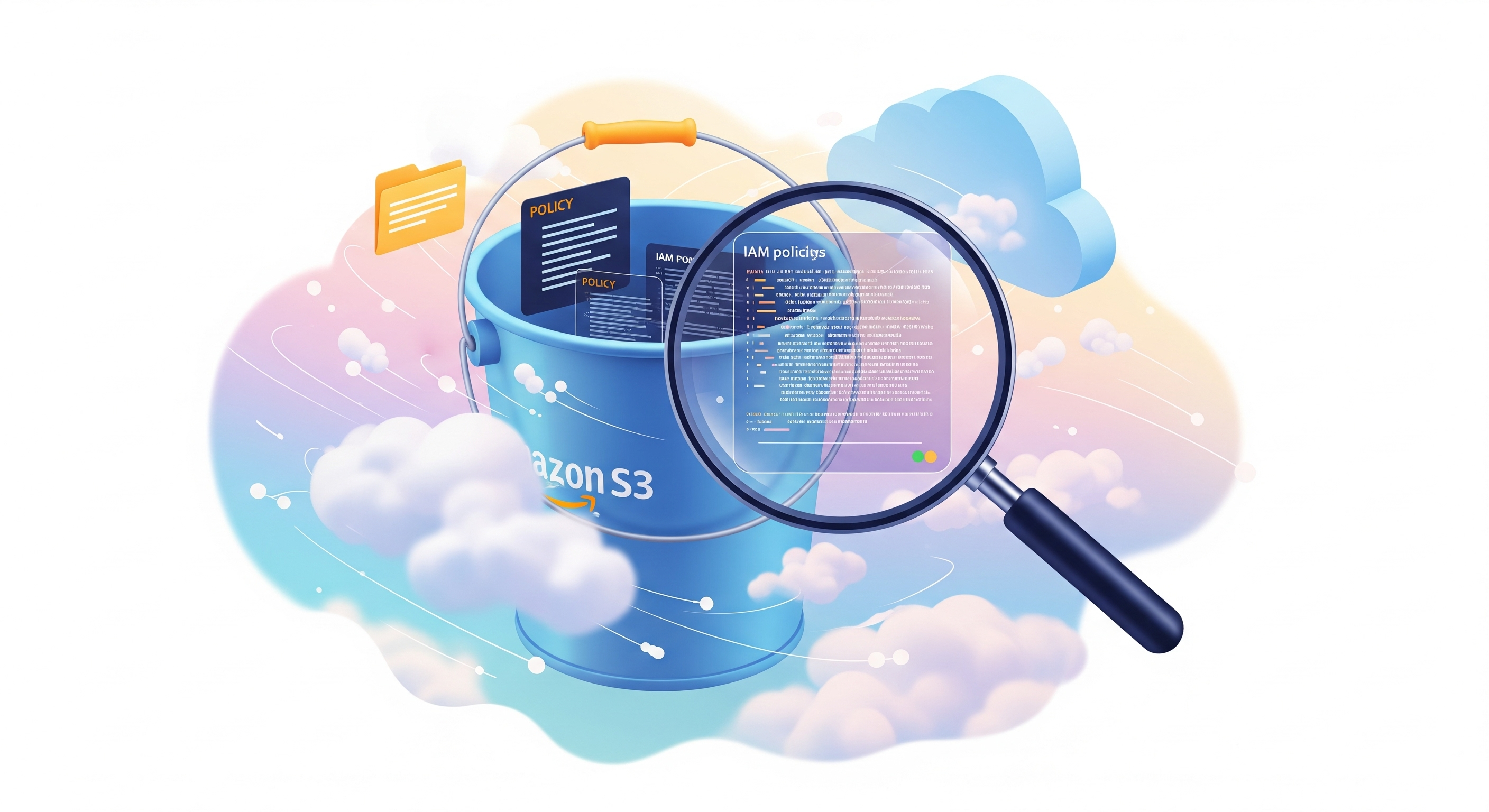IAM Access Analyzer - A Cloud Guardian for Your S3 Buckets

In the vast and ever-expanding AWS ecosystem, permission management is crucial. A simple misconfiguration in an S3 bucket policy can expose sensitive data, opening a backdoor for attackers. This is where IAM Access Analyzer steps in, acting as an unyielding sentinel to protect your resources by detecting unwanted external access.
Why IAM Access Analyzer is Crucial for S3
Imagine you've set up an S3 bucket to store critical information. Unbeknownst to you, a poorly configured policy could grant access to an external AWS account or, worse yet, make the bucket publicly accessible. While GuardDuty excels at detecting attack patterns and anomalous activities, and CloudTrail logs all actions, IAM Access Analyzer specializes in the proactive detection of risky policy configurations.
For instance, GuardDuty might not alert you about a policy granting access to a specific AWS account (as it's not "anonymous" or "public" access in the strict sense that GuardDuty looks for with certain detections). However, Access Analyzer will. Its primary goal is to identify resources accessible from outside your "zone of trust," which includes AWS accounts external to your organization.
How External Access Detection Works
IAM Access Analyzer uses logical reasoning to analyze the policies of your resources, including S3 buckets. When you enable it in a region, you define your account or organization as your "zone of trust." It then evaluates all resource policies, searching for any statement that grants permissions to entities outside that zone of trust.
When IAM Access Analyzer detects a policy that allows an external entity to perform actions on your S3 buckets, it generates a finding. These findings alert you to potential access and provide details like:
- Finding type: For example, public access or cross-account access.
- Affected resource: The S3 bucket's ARN.
- Allowed action: The S3 operations the external entity can perform (e.g.,
s3:GetObject,s3:ListBucket). - External principal: The identity (an AWS account, an IAM user, a role, etc.) that has access.
This is incredibly valuable because it lets you identify and remediate security configurations before they can be exploited.
Example Scenario: The Backdoor Policy
Consider the following example of an S3 bucket policy that could be used as a "backdoor" to exfiltrate data:
{
"Version": "2012-10-17",
"Statement": [
{
"Effect": "Allow",
"Principal": {
"AWS": "arn:aws:iam::193672423079:root"
},
"Action": [
"s3:GetObject",
"s3:GetBucketLocation",
"s3:ListBucket"
],
"Resource": [
"arn:aws:s3:::my-secret-bucket/*",
"arn:aws:s3:::my-secret-bucket"
]
}
]
}
This policy allows the root AWS account with ID 193672423079 to access my-secret-bucket. If this account isn't part of your organization, IAM Access Analyzer will generate a finding, as it will detect this cross-account access as a potential vulnerability. It will notify you that your bucket has a policy allowing an external entity to access its content, enabling you to take immediate action.
How to Enable and Use IAM Access Analyzer
- Enablement: Go to the AWS IAM console, navigate to Access Analyzer, and enable it for the region where your S3 buckets are located. You can choose to analyze your current account or your entire AWS organization.
- Finding Review: Once enabled, Access Analyzer will begin scanning your resources. Findings will appear in the Access Analyzer dashboard. Review them regularly.
- Action: For each finding, determine if the access is intended and secure. If not, modify the bucket policy to revoke the unwanted access. IAM Access Analyzer even helps you generate a secure policy to fix the issue.
